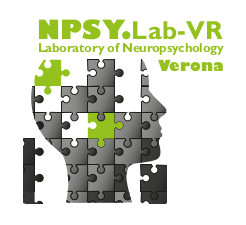Authors
Abstract
The corpus callosum is frequently damaged by closed head traumas, and the resulting deficits of interhemispheric communication may vary according to the specific position of the lesion within the corpus callosum. This paper describes a single case who suffered a severe traumatic brain injury resulting in a lesion of the posterior body of the corpus callosum. Among the classical symptoms of interhemispheric disconnection, left hand anomia, left upper limb ideomotor dyspraxia, left visual field dyslexia and dysnomia, and left ear suppression in a dichotic listening task were observed shortly after the injury but recovered completely or almost completely with the passage of time. The only symptom of interhemispheric disconnection which was found to persist more than 4 years after the injury was an abnormal prolongation of the crossed-uncrossed difference in a simple visuomotor reaction time task. This prolongation was comparable with that observed in subjects with complete callosal lesions or agenesis. The results suggest that the posterior body of the corpus callosum may be an obligatory interhemispheric communication channel for mediating fast visuo-motor responses. The transient nature of other symptoms of interhemispheric disconnection suggests a relatively wide dispersion of fibers with different functions through the callosal body, such that parts of them can survive a restricted lesion and allow functional recovery of hemispheric interactions. An assessment of the evolution in time of symptoms of interhemispheric disconnection following restricted callosal lesions may reveal fine and coarse features of the anatomo-functional topography of the corpus callosum.
